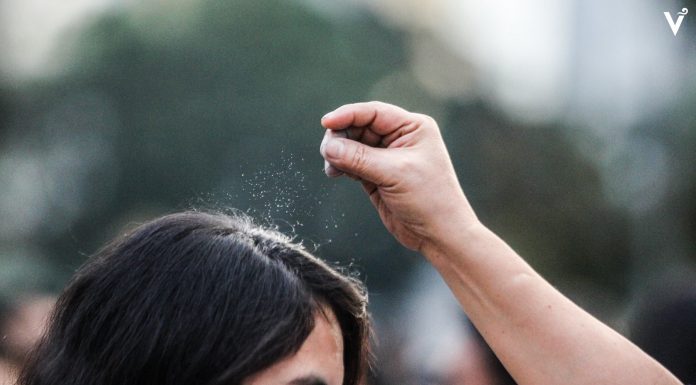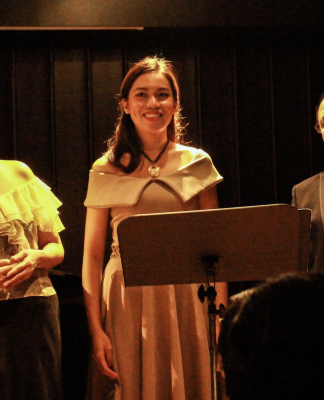THIRTY minutes past four in the morning of April 16, a solemn procession of female penitents headed by the holy white image of Mother Mary made their way along Plaza Benavidez toward the field.
Parallel to them, the image of the resurrected Christ was closely followed by male penitents, who slowly met the holy image of Mary at the center of the main field at quarter past four. The only sound was of the penitents’ shuffling feet and the crowd’s silent murmurs. The only light was from the flickering flames of candles and the dim glow of the rising sun behind the male procession.
This is the Salubong, wherein large statues of Jesus and Mary are brought together to depict the first reunion of Jesus and his mother after the Resurrection, called the Pasch of the resurrection or Pasko ng Muling Pagkabuhay.
In the Santissimo Rosario Parish, the Pagsalubong is an annual panorama, followed by a joyous Easter Mass.
In Roman Catholicism, Easter marks the end of the forty days of Lent, Pasch comes from “Pesach”, Hebrew for “Passover”, a Jewish holiday to which the Christian Easter is linked. Also known as the Feast of the Resurrection, “the Sunday of the Resurrection”, or “Resurrection Day”. It is the most important religious feast of the Christian liturgical year, celebrating the resurrection of Jesus. Many churches start celebrating Easter late in the evening of Holy Saturday in a service called the Easter Vigil.
Not your usual ‘reward’
In the Santissimo Rosario Parish, the Youth Ministry (formerly the Parish Youth Council) organizes the Lenten season events and activities. After the Pagsalubong, Mother Mary’s veil is taken off by one of the children, Playinh a cherub, a common practice here in the Philippines. However, the Santisimo Rosario Parish added a new gimmick a few years back. After the veil was taken off, it’s sealed in a plastic and attached to large white and blue balloons with an instruction that whoever finds it should call the Parish to claim a reward.
Two years ago, a fisherman found the veil while out fishing at sea north of Manila and called up the Parish to get his reward. An “advance party” was sent to assess this man’s situation.
“Nagkataon naman na hindi pa kasal ‘yung mangingisda kaya pinaayos namin ang kasal,” Fr. James Alamillo said.
Last year, Alamillo’s first year as the parish priest, the veil floated to Cavite where a high school graduate found it stuck on a bamboo tree. After struggling for hours to pry it off, she found the note and called up the Parish.
“Pinuntahan namin at nakita namin na mahirap talaga yung pamilya ‘nung bata,” Alamillo said. “Wala siyang planong magpatuloy sa kolehiyo, maghahanap na lang daw siya ng trabaho, kaya sinikap ng parokya na pag-aralin siya.”
The girl is now a Nursing student in a nearby college in Manila.
Egg-celent tradition
Another Easter celebration is the Easter Egg Festival, which includes egg-hunting, decorating, and poster-making contests.
The Easter Egg Festival used to be held in the Church courtyard, but this year, it was moved to the Seminary Gym to give children more time and space to hunt for those multi-colored eggs containing prizes and candies.
In the United States, revelers hide decorated hard-boiled eggs and children hunt for them. People can also hide plastic eggs filled with candy or money.
Easter eggs, also known as Spring eggs in the United States, are specially decorated eggs given out to celebrate the Easter holiday or springtime. In Western Christianity, eggs were forbidden to Catholics during the fast of Lent, which is why eggs are abundant during Easter.
The organizers even donned bunny costumes to get into the spirit of Easter. Even the usually serious Fr. Alamillo was seen walking around the grounds with bunny ears. M. J. T. de Lara

















